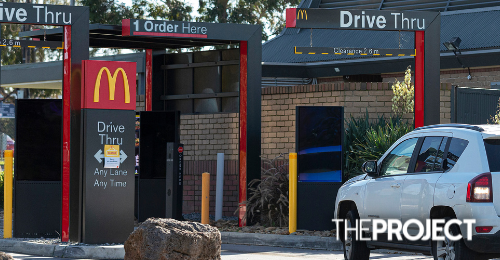McDonald's in Cremorne NSW has submitted a development application to the North Sydney Council, looking to expand their drive-thru from a single lane to two lanes.
The $548,620 proposal will reduce the car spaces at McDonald's, but McDonald's has said that drive-thru traffic has increased by 8.3% since 2019 and a decrease in over-the-counter transactions by 21.2%.
But, despite the change in operations and McDonald's attempt to meet demand, the health bureaucrats in Cremorne aren't happy, saying it may 'undermine' their efforts to tackle obesity. While McDonald's argues it will help with road congestion.
"This has resulted in long queues in the drive-through (with the queue extending into the car park)," McDonald's said. "There is also some congestion at the exit onto Military Road, which causes queuing back into the drive-through."
"The proposed modifications are intended to cater for the shift towards to the drive-through," McDonald's said.
"Traffic generation is in not anticipated to change as a result of the proposed modifications. Hence there will be no noticeable traffic effects on the surrounding road network."
Northern Sydney Local Health District said it opposed the development both for safety and health reasons.
"Northern Sydney Local Health District (NSLHD) is committed to ensuring the built environment fosters places and spaces that support the health and wellbeing of individuals and the wider community," it began.
"Our Healthy Built Environments team, made up of population health and urban planning professionals, is well placed to comment on this Development Application and has considered potential impacts on liveability and health."
"There is also a concern that increasing accessibility to fast food, via an expanded drive-thru, may negatively influence the eating habits of children and adults, and undermine existing population health strategies to tackle obesity," the NSLHD said.
"Data from the Australian Urban Observatory shows that Cremorne already has more than adequate access to fast food, falling within the 11th percentile for proximity. Providing greater access to fast food via an expanded, dual-lane drive-thru is unlikely to result in positive population health outcomes."





























